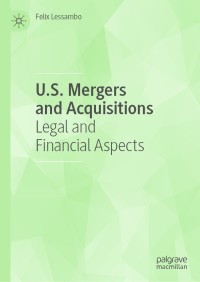Question
Joe Limited is a Canadian-controlled private corporation acquired in 2000 by Mr. Joe for $100,000. The common shares acquired had a paid-up capital of $150,000.
Joe Limited is a Canadian-controlled private corporation acquired in 2000 by Mr. Joe for $100,000. The common shares acquired had a paid-up capital of $150,000. Mr. Joe is the only shareholder of the company. He is considering several alternatives for the disposition of the business. The year-end of the company is December 31.
The corporation is taxable at a corporate rate of 15% on its active business income eligible for the small business deduction, 28% on active income not subject to the small business deduction, and 46 2/3 % on its investment income, which includes the ART. The corporation has a nil GRIP balance.
The composition of the assets of Joe Limited has been constant over the last three years. Mr. Joe has $400,000 ($800,000 of CGs) of the capital gains exemption available.
The following is a balance sheet at the intended date of disposition.
JOE LIMITED
Balance Sheet
As at December 31, 2019
Assets
Current assets
Cash $ 47,000
Marketable securities at cost (FMV: $35,000) 65,000
Non eligible RDTOH 10,000
Inventory at cost (FMV: $82,000) 114,000
236,000
Capital assets
Land at cost (FMV: $460,000) 220,000
Building at UCC (FMV: $1,600,000: Cost: $1,300,000) 1,120,000
$1,576,000
Liabilities and Shareholders Equity
Liabilities $ 134,000
Shareholders equity
Paid-up capital 150,000
Capital dividend account 85,000
Other surplus 1,207,000
$1,576,000
Required:
- If Joe Limited sells the assets on the open market and winds up the corporation in 2019, what would be the net amount available for distribution to Mr. Joe?
- Determine the amount that Mr. Joe would retain from the above distribution, after both federal and provincial taxes. Mr. Joes average marginal tax rate on taxable capital gains, both federal and provincial is 45%, its 30% on eligible dividends and 36% on non-eligible dividends (these dividend rates include the dividend tax credits)
- Compare the after-tax retention computed in part 2 above, with the retention from a sale of the company shares for $1,700,000. State your conclusion as to which is better for Mr. Joe.
Show all calculations including those that have a nil effect on income.
Step by Step Solution
There are 3 Steps involved in it
Step: 1

Get Instant Access to Expert-Tailored Solutions
See step-by-step solutions with expert insights and AI powered tools for academic success
Step: 2

Step: 3

Ace Your Homework with AI
Get the answers you need in no time with our AI-driven, step-by-step assistance
Get Started


